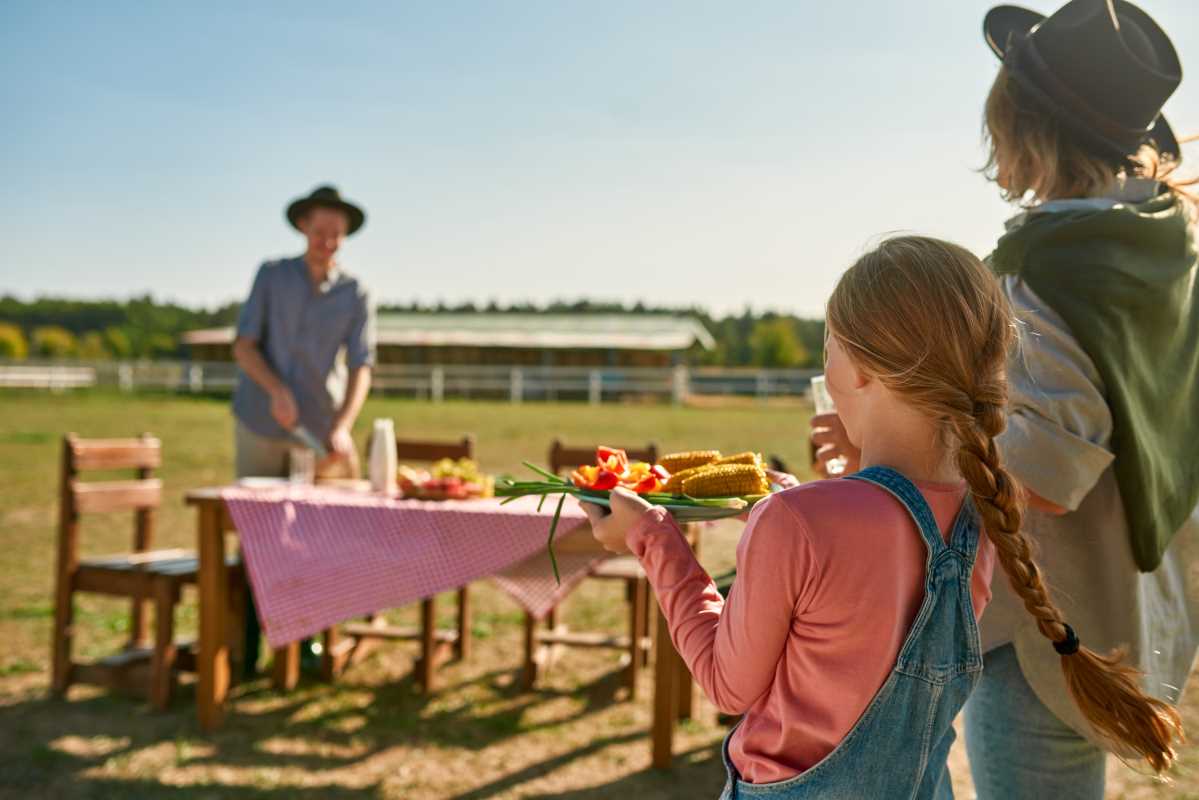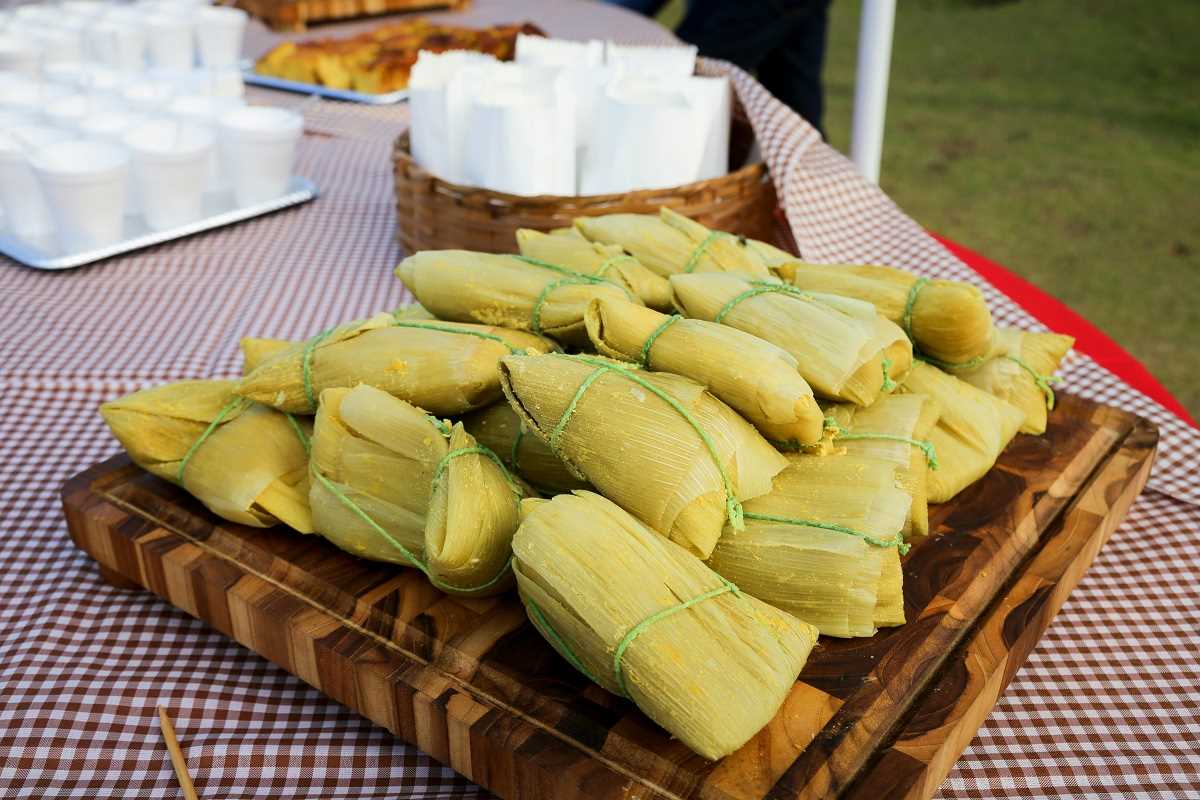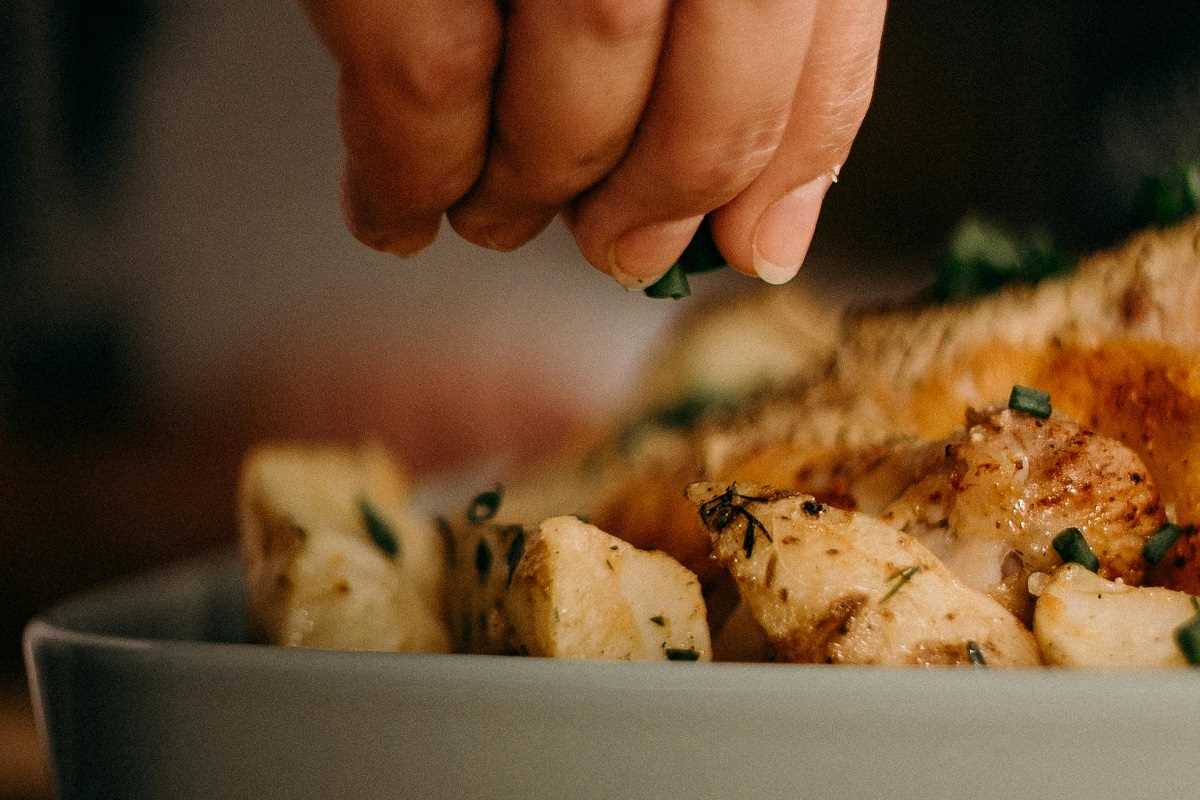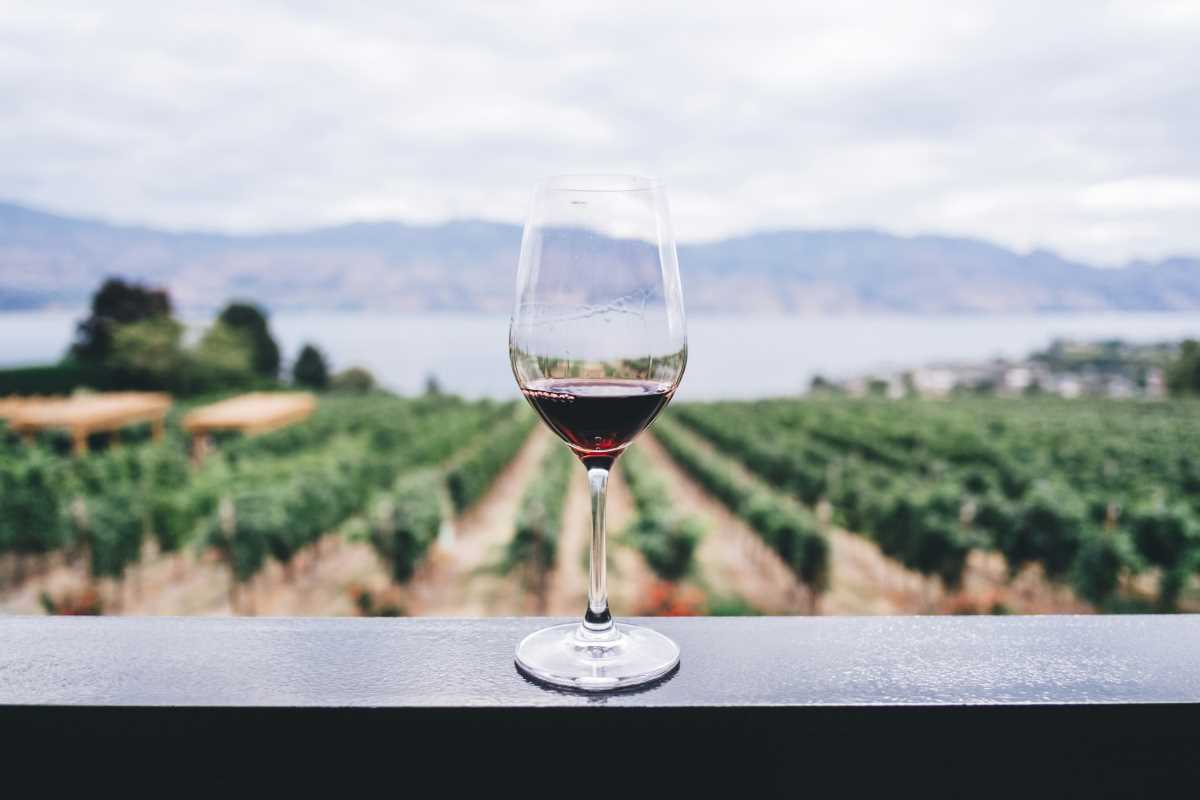Fresh ingredients from local farms bring a true sense of place to every meal, letting you taste the landscape in each bite. You discover the richness of the region as you enjoy dishes that reflect the changing seasons and the unique qualities of the soil. Meeting farmers, chefs, and artisans reveals the care and collaboration behind every plate, adding depth to your dining experience. Meals become a chance to connect with local traditions and history, turning ordinary eating into a meaningful journey. Each course offers more than just food—it brings stories that invite you to appreciate the culture behind every flavor.
With the right approach, you can deepen your connection to every ingredient. You’ll learn how to recognize collaborations that uplift communities, spotlight seasonal rhythms, and craft flavors that stay memorable long after your journey ends. Let’s map the steps that turn simple meals into unforgettable culinary adventures.
Gathering Authentic Flavor Journeys
When a chef sources directly from a family-owned farm, you taste more than produce—you taste dedication. This direct link often means harvest-to-table moments measured in hours, not days. You’ll discover how to spot menus that shift with each season, revealing unique varietals and heirloom crops rarely found in conventional kitchens.
Pay attention to menu notes that reference specific growers or co-ops. That hint often signals deep local ties. Seek out spots where menus update weekly or even daily—these venues thrive on fresh arrivals and adjust recipes to highlight new harvests. Your palate will thank you with nuanced flavors that carry a sense of place.
Applying Principles in Practice
- Ingredient Sourcing Network
- Purpose: Connect directly with farms and cooperatives
- Steps:
- List nearby farms or co-ops to visit
- Call ahead to confirm harvest schedules
- Arrange a quick tour or tasting
- Note purchasing minimums or seasonal membership fees
- Cost: Often under $50 per season
- Insider tip: Visit just after dawn for the freshest picks and one-on-one farmer conversations
- Seasonal Menu Mapping
- Purpose: Align dining with harvest cycles
- Steps:
- Track harvest calendars by month
- Record which crops thrive each season
- Check restaurants’ weekly menu updates for seasonal matches
- Plan meals around peak availability
- Cost: Free online research; occasional farm stand purchases under $20
- Insider tip: Subscribe to farm newsletters—they often announce exclusive harvest dinners
- Waste Reduction Technique
- Purpose: Support restaurants with sustainable practices
- Steps:
- Choose venues that compost or upcycle scraps
- Ask servers about food-waste handling
- Confirm if surplus goes to local shelters
- Select restaurants with zero-waste policies
- Cost: No extra cost; info often online
- Insider tip: Look for chalkboard notes with waste goals—they signal genuine commitment
- Flavor Preservation Method
- Purpose: Experience traditional and modern preservation techniques
- Steps:
- Find venues that ferment, cure, or smoke ingredients
- Ask about on-site preservation practices when booking
- Sample preserved menu items for texture contrasts
- Talk with chefs about their preservation approach
- Cost: Typically included in menus; tastings add ~$10–$15
- Insider tip: Request housemade fermented condiments for a chef’s personal signature
- Community-Supported Agriculture Link
- Purpose: Access fresh, local produce while supporting farmers
- Steps:
- Sign up for a CSA program near your location
- Select a share size suited to your stay or travel plans
- Collect your box from the farm or pickup site
- Explore and cook with the seasonal produce inside
- Cost: ~$25–$35 per weekly box
- Insider tip: Opt for mixed-share boxes—they often include surprise heirloom varieties favored by chefs
Working with Local Collaborators
- Identify regional ingredient champions—research small-scale producers known for outstanding quality.
- Reach out directly—call or email growers to learn about their upcoming harvests and tasting events.
- Plan visits—schedule short farm tours or garden walks to see production and ask hands-on questions.
- Share feedback—tell farmers which flavors impressed you and how you used their produce in recipes or pairings.
- Build lasting ties—stay in touch for future harvest updates or invite growers to organize pop-up dinners.
Creating Stories That Resonate
Every dish carries a story, from seed planting to final plating. When you write tasting notes or journal after each meal, you lock in memories that shape your next trip. Include vivid details: the crunch of tender shoots, the sweet undertone of sun-ripened tomatoes, the faint smokiness of wood-fired salt.
Sharing those stories sparks conversations and encourages fellow explorers to seek authenticity.
Deepening Perspectives
Eating can become a cultural exchange when you honor heritage grains, local fermentation, and farmers’ climate adaptations. Highlighting farm-to-table practices supports rural resilience and sustainable methods. Through visits, seasonal menus, and shared experiences, meals transform into stories that connect people, food, and place.







